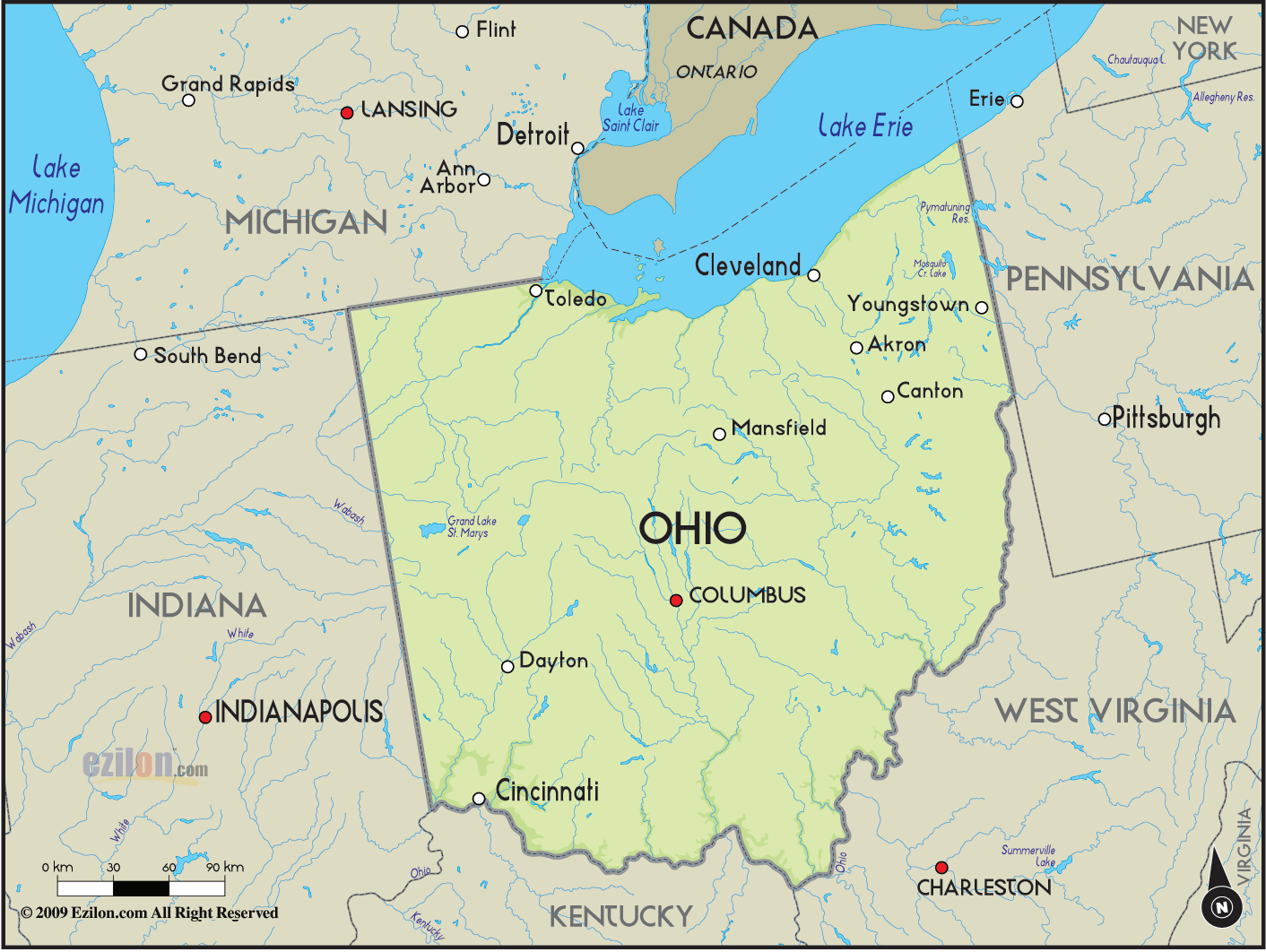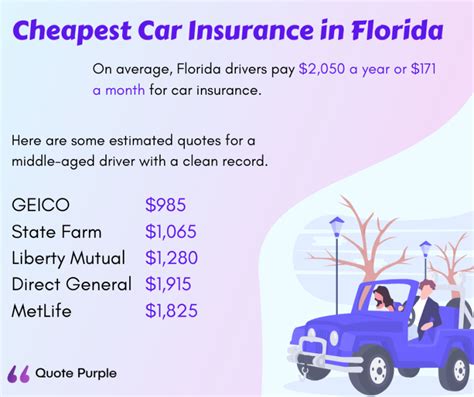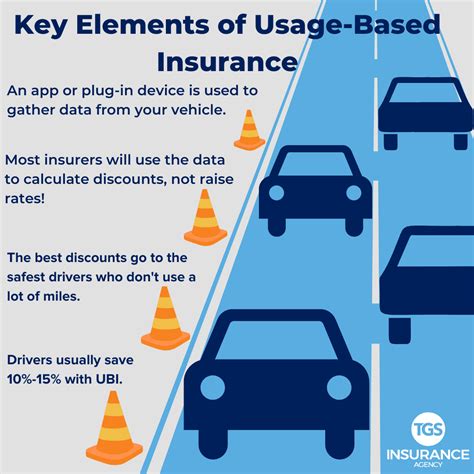California Insurance License Verification

The process of verifying an insurance license in California is a crucial step for individuals and businesses alike. Whether you're a consumer seeking to ensure the legitimacy of an insurance agent or a business aiming to maintain compliance with regulations, understanding how to verify insurance licenses is essential. In this comprehensive guide, we will delve into the intricacies of California's insurance license verification system, offering a detailed analysis of the steps involved, the resources available, and the implications for various stakeholders.
Understanding California’s Insurance Licensing System

California, known for its stringent regulations, maintains a robust licensing framework for insurance professionals. The state’s Department of Insurance (CDI) is responsible for overseeing the licensing and regulatory aspects of the insurance industry. Understanding the fundamentals of this system is key to navigating the verification process.
The insurance licensing system in California categorizes professionals based on their areas of expertise. These categories, known as lines of authority, include life and disability, property and casualty, personal lines, and more. Each line of authority requires a distinct set of knowledge and skills, and insurance professionals often hold licenses for multiple lines to offer a broader range of services.
The CDI's website serves as a central repository for information related to insurance licensing and regulation. It provides resources for consumers, businesses, and insurance professionals, offering guidance on license applications, renewals, and, crucially, license verification.
The California Insurance License Verification Process

Verifying an insurance license in California involves a systematic approach, ensuring the accuracy and legitimacy of the license holder’s credentials. Here’s a step-by-step breakdown of the process:
Step 1: Accessing the CDI’s Online License Verification Tool
The first step in verifying an insurance license is to access the CDI’s official website, specifically the License Lookup section. This user-friendly tool is designed to provide quick and reliable information about an insurance professional’s license status.
The License Lookup tool allows users to search by the licensee's name, license number, or even the company name they are affiliated with. This versatility ensures that even if you have limited information, you can still initiate the verification process.
Upon accessing the tool, users are presented with a simple search bar, where they can enter the relevant details. The search results provide a comprehensive overview of the licensee's credentials, including their license type, expiration date, and lines of authority.
Step 2: Reviewing License Details and Status
Once you’ve located the insurance professional’s license through the License Lookup tool, it’s crucial to review the license details carefully. This step ensures that you have accurate information about the licensee’s qualifications and the scope of their practice.
Key details to scrutinize include the license number, which serves as a unique identifier for the insurance professional. This number is essential for cross-referencing and verifying the license's legitimacy. Additionally, pay close attention to the license type, which indicates the specific line of authority the licensee is authorized to practice in.
Another critical aspect to examine is the license status. The status can provide valuable insights into the licensee's current standing. A license may be active, indicating that the professional is currently authorized to practice, or inactive, suggesting that they are not actively engaged in insurance-related activities.
Furthermore, the license status can reveal important details such as expiration dates and renewal requirements. This information is vital for ensuring that the licensee maintains compliance with regulatory standards.
Step 3: Validating License Information
While the License Lookup tool provides a reliable source of information, it’s essential to validate the license details further to ensure accuracy and completeness. This step involves cross-referencing the information obtained from the CDI’s website with other reputable sources.
One effective way to validate license information is by contacting the insurance professional directly. By reaching out to the licensee, you can confirm their license status, lines of authority, and any other relevant details. This direct communication provides an opportunity to address any discrepancies or clarify any ambiguities.
Additionally, you can leverage the resources provided by professional insurance associations and regulatory bodies. These organizations often maintain their own databases and can offer additional insights into an insurance professional's credentials and standing within the industry.
Step 4: Assessing License Credentials and Qualifications
Once you’ve validated the license information, the next step is to assess the licensee’s credentials and qualifications. This assessment is crucial for understanding the scope of their expertise and ensuring they possess the necessary skills to provide the services you require.
Start by reviewing the lines of authority associated with the license. As mentioned earlier, these lines of authority indicate the specific areas in which the licensee is authorized to practice. For example, a licensee with a property and casualty license may be well-suited for handling commercial insurance needs, while a personal lines licensee may be more appropriate for individual consumer insurance requirements.
Consider the education and training background of the licensee. Insurance professionals in California are required to meet specific educational standards and undergo rigorous training to obtain their licenses. Understanding the licensee's educational background can provide insights into their knowledge and expertise.
Furthermore, evaluate the professional experience of the licensee. Years of experience in the insurance industry can be a valuable indicator of their skill and understanding of the field. Experienced professionals often have a deeper understanding of the nuances and complexities of insurance, which can benefit their clients.
Implications and Considerations for Stakeholders
The process of verifying insurance licenses in California has significant implications for various stakeholders, including consumers, businesses, and insurance professionals. Understanding these implications is crucial for ensuring a fair and compliant insurance environment.
Consumers
For consumers, the ability to verify insurance licenses is a powerful tool for ensuring they receive services from legitimate and qualified professionals. By conducting thorough license verifications, consumers can protect themselves from potential scams, fraud, and unqualified practitioners.
Additionally, license verification allows consumers to make informed decisions about their insurance needs. By understanding the lines of authority and qualifications of insurance professionals, consumers can choose the right expert for their specific insurance requirements, whether it's for personal lines, property and casualty, or other specialized areas.
Businesses
Businesses, particularly those in the insurance industry, have a vested interest in maintaining a compliant and ethical environment. The ability to verify insurance licenses ensures that they work with licensed professionals, reducing the risk of legal and regulatory complications.
Furthermore, license verification allows businesses to assess the qualifications and expertise of insurance professionals they collaborate with. This assessment is crucial for maintaining high standards of service and ensuring that clients receive the best possible insurance solutions.
Insurance Professionals
For insurance professionals, the license verification process is a critical aspect of their practice. It serves as a means to demonstrate their legitimacy and qualifications to potential clients and business partners.
By maintaining an active and up-to-date license, insurance professionals can build trust and credibility in the marketplace. This, in turn, can lead to increased business opportunities and a stronger professional reputation.
Future Outlook and Potential Developments
As technology advances and regulatory frameworks evolve, the insurance license verification process in California is likely to undergo further refinements and enhancements. Here are some potential developments and future outlooks to consider:
- Digital Transformation: The insurance industry is increasingly embracing digital technologies, and license verification is no exception. Future developments may include the implementation of digital license verification tools, leveraging blockchain technology, or utilizing advanced authentication methods.
- Real-Time Updates: The CDI's license verification system may evolve to provide real-time updates on license status. This would ensure that users have access to the most current information, reducing the risk of relying on outdated data.
- Enhanced Search Functionality: The License Lookup tool may be further enhanced with advanced search features, allowing users to filter results based on specific criteria such as license type, lines of authority, or geographic location. This would streamline the verification process and make it more efficient.
- Integration with Other Regulatory Systems: There is a possibility that the CDI's license verification system could integrate with other regulatory bodies or industry databases. This integration would create a more comprehensive and interconnected regulatory environment, enhancing the accuracy and efficiency of license verification.
- Education and Awareness Campaigns: As the importance of license verification becomes more widely recognized, the CDI may launch educational campaigns to raise awareness among consumers and businesses. These campaigns could emphasize the benefits of license verification and provide resources for conducting thorough verifications.
While these potential developments are exciting, it's important to note that the insurance license verification process in California is already robust and reliable. The CDI's commitment to maintaining a transparent and accessible licensing system ensures that stakeholders can continue to rely on the existing verification tools and resources.
How often should I verify an insurance license in California?
+It is recommended to verify an insurance license before engaging in any business transactions or seeking insurance-related services. While there is no specific frequency requirement, it is good practice to verify the license status periodically, especially if you have ongoing relationships with insurance professionals. This ensures that you are always dealing with licensed and compliant individuals.
What if I find discrepancies or inaccuracies in the license verification process?
+If you encounter discrepancies or inaccuracies during the license verification process, it is important to report them to the California Department of Insurance (CDI). The CDI takes such matters seriously and will investigate the issue. Providing detailed information about the discrepancies can help expedite the resolution process.
Can I rely solely on the CDI’s License Lookup tool for license verification?
+While the CDI’s License Lookup tool is a reliable and official source for license verification, it is always recommended to validate the information obtained from the tool. Cross-referencing with other reputable sources, such as insurance professional associations or regulatory bodies, can provide additional assurance and peace of mind.



